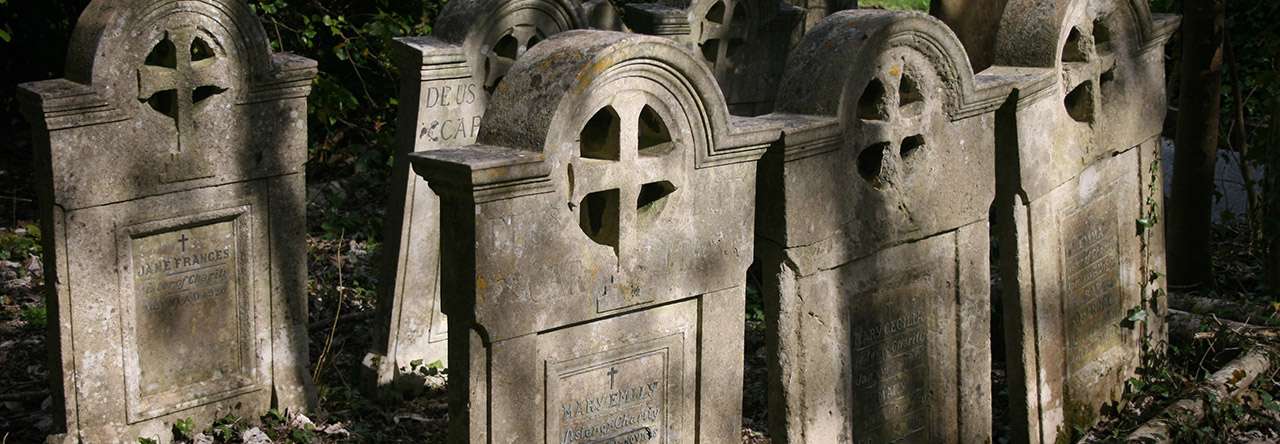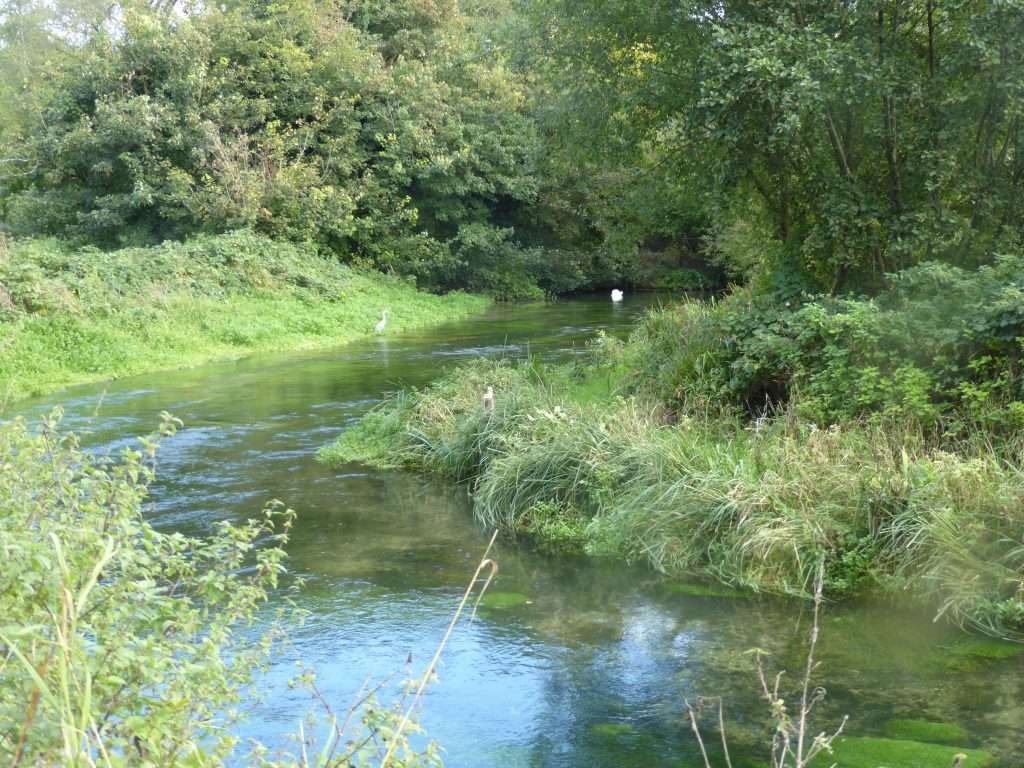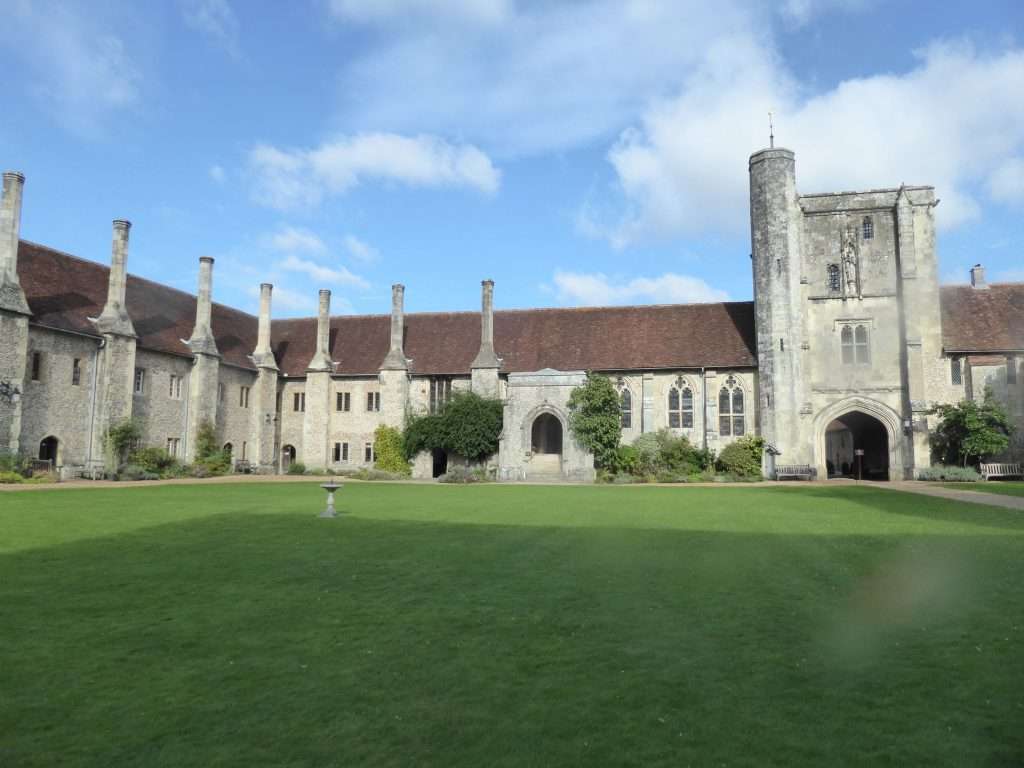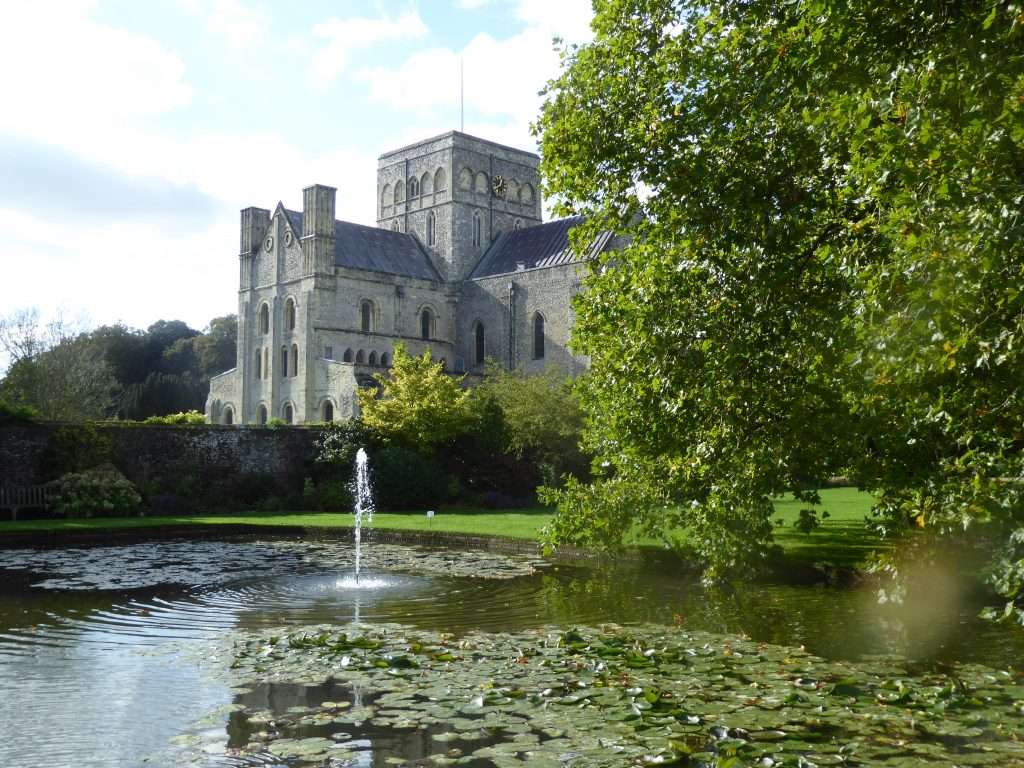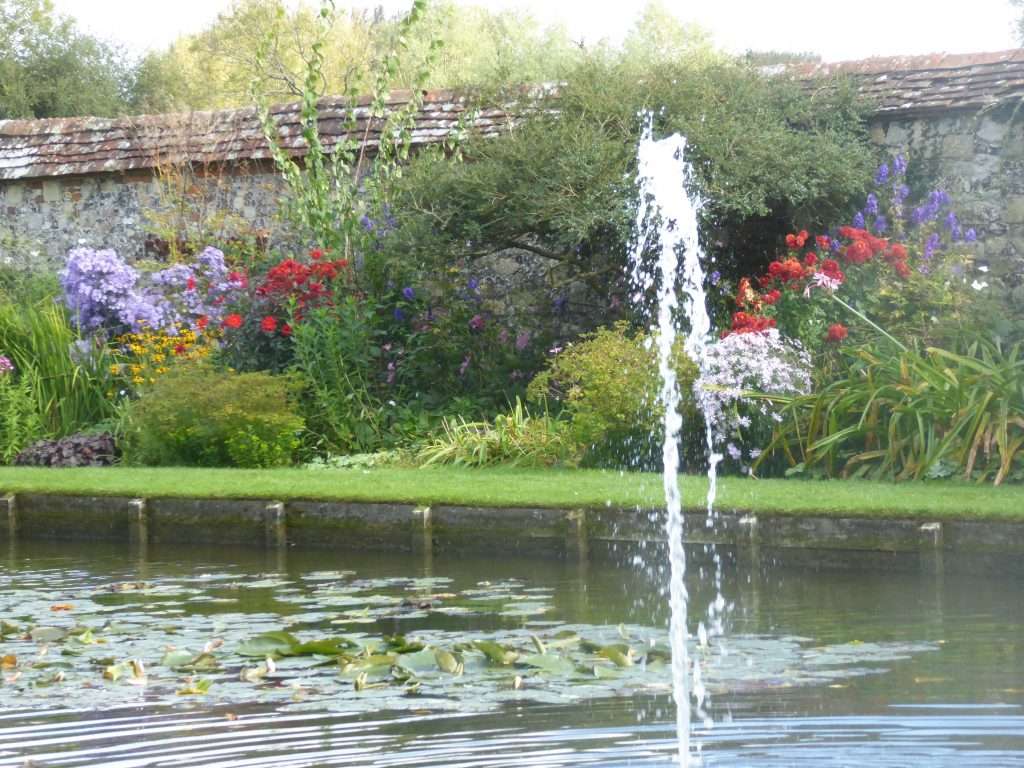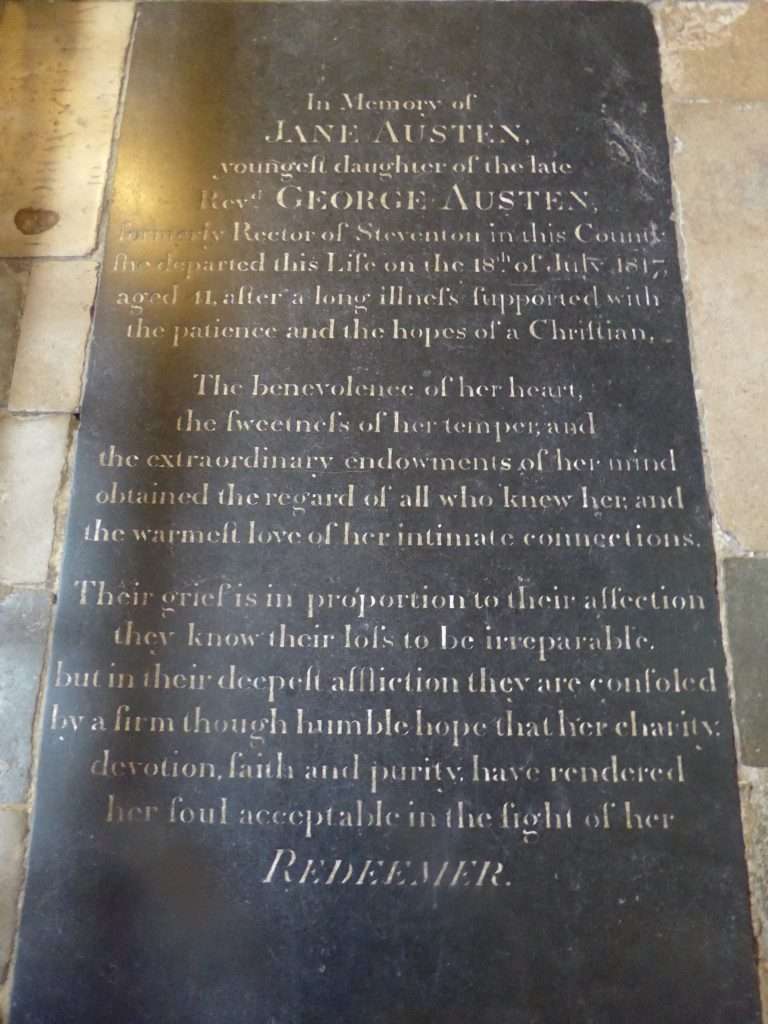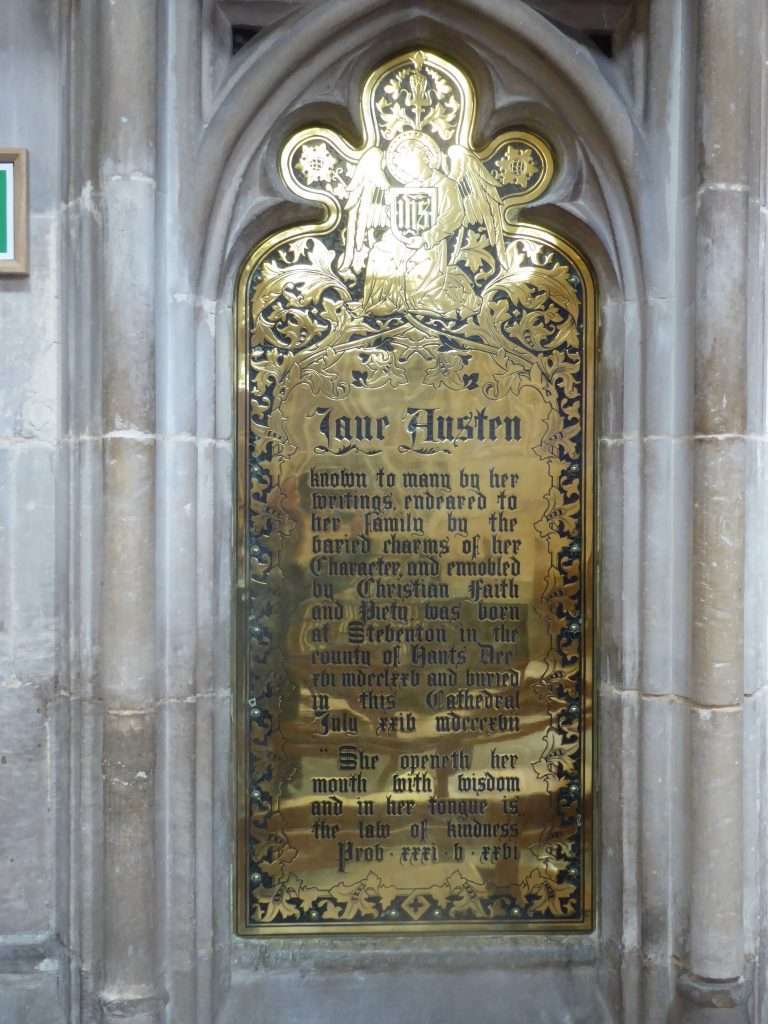One of the saddest little graves in London is that of a terrier who endures a distressing notoriety as “Giro the Nazi Dog,” and whose grave marker is said to be Britain’s only Nazi memorial.
Setting aside the preposterous assumption that a dog might hold political opinions, his owner too was innocent of this slur. Giro belonged to Dr. Leopold von Hoesch who was the German Ambassador to the United Kingdom between 1932 and 1936. Von Hoesch came to London following postings in Peking, Madrid, and Paris, as the representative of the Weimar Republic. He lived at 9 Carlton House Terrace, which, as Prussia House, had been the official residence of Prussian Ambassadors since the nineteenth century. After a brief hiatus during the First World War representatives of the Weimar Republic returned to the residence in 1920. Von Hoesch was by all accounts a respected statesman, popular in Britain, and critical of the Nazi regime. He was dismayed when Hitler secured the position of Chancellor in 1933 meaning that he himself became by default the representative of the Third Reich in Britain. He was particularly censorious of von Ribbentrop, and he denounced Hitler’s invasion of the Rhineland in 1936 in direct contravention of the Treaty of Versailles and the Locarno Treaties.
Giro died in the garden of the Ambassador’s residence in 1934, allegedly after chewing on a live electrical cable. He was buried in the garden but claims that he was given a funeral with full Nazi honours are entirely apocryphal.
The Ambassador himself died at the Embassy two years later of a heart attack at the age of only fifty-five, and the British government granted him an extraordinary funeral parade before his coffin was shipped back to Germany. The coffin was draped in the Nazi flag, by this time the official flag of Germany. As it left Carlton House the German embassy staff crowded the terraces outside and gave the Nazi salute. British government ministers accompanied the cortege as it moved down The Mall. The German national anthem played at Victoria Station and a nineteen-gun salute was fired at Dover as the body was transferred to a British destroyer which conveyed it to Germany. The Pathe News coverage of the event is disturbing, making for queasy watching, and although Hoesch almost certainly had clean hands, it is hard not to wonder at the wisdom and motivations of those who permitted and organised this event.
(https://wwwbritishpathe.com and search for von Hoesch funeral).
But certainly, in Berlin no representative of the Nazi Party attended von Hoesch’s funeral.
Ironically it was von Ribbentrop, of whom Hoesch had evinced a particular loathing, who replaced him as German Ambassador. A key member of the Nazi regime von Ribbentrop employed Albert Speer to “improve” the Embassy with a massive staircase made from marble donated by Mussolini, and, reputedly, a swastika mosaic on one of the floors . But two years later von Ribbentrop’s tenure was abruptly ended, and the Embassy closed. When the German Embassy reopened post war it relocated to Belgrave Square.
In the 1960s builders excavating the former Embassy garden to create an underground car park discovered Giro’s grave. They moved the stone a short distance to its present location at the top of the Duke of York Steps, beneath a tree in a small enclosure outside 9 Carlton House Terrace. The inscription reads:
GIRO
EIN TREUER BEGLEITER! (a faithful companion)
LONDON IM FEBRUAR 1934
HOESCH
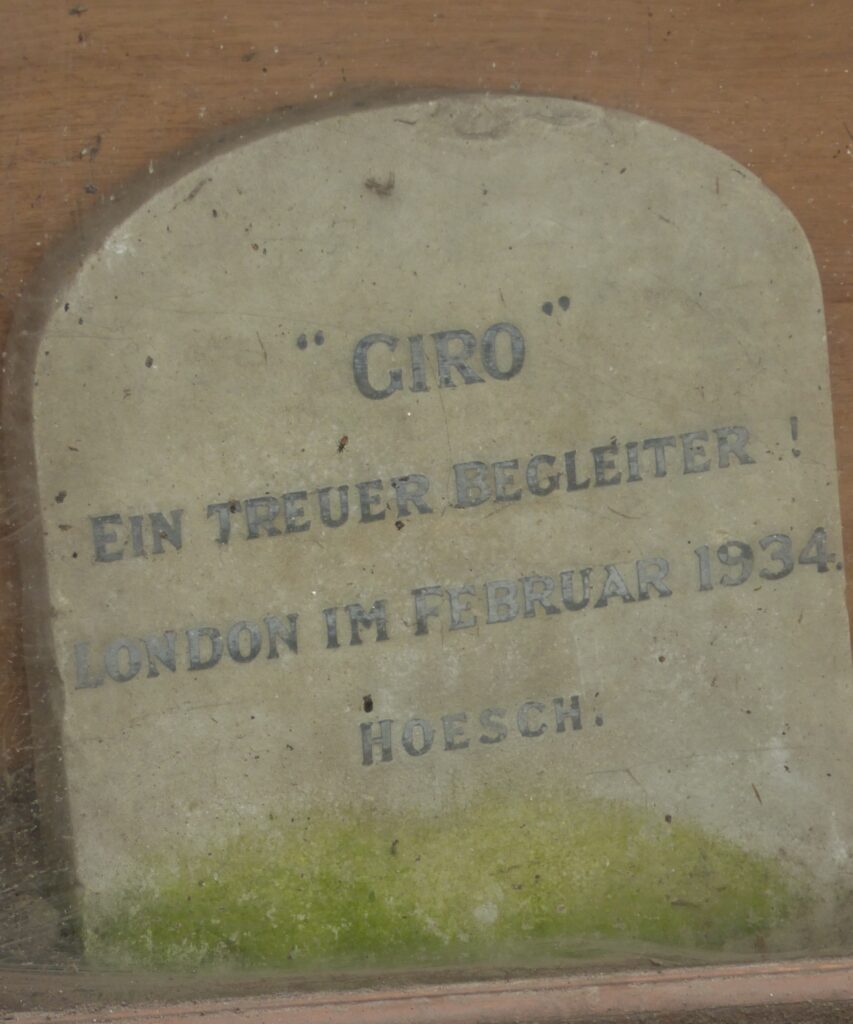
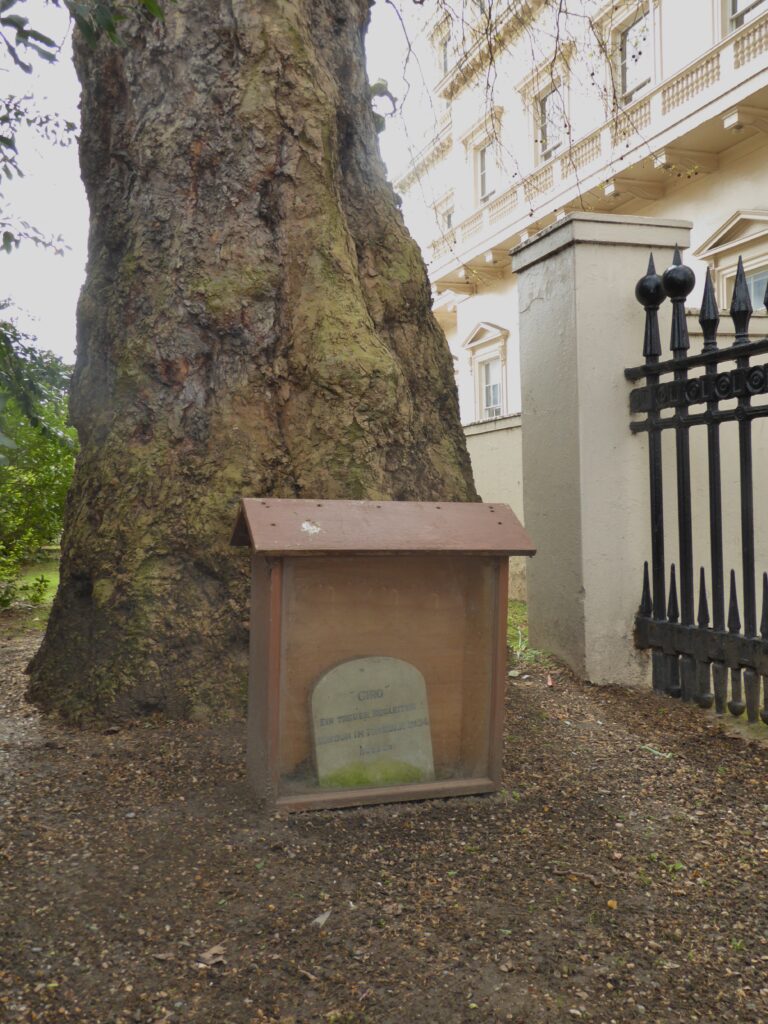
It is a bleak location, cold and cheerless. The large, white stucco-faced houses, adorned with pompous pillars, form terraces of unrelieved monotony and smug, dismal uniformity. Steep steps down to the Mall and the absence of people engender a dreary and sterile atmosphere. For many of the houses today are expensive, unoccupied investment properties or exclusive meeting places. It is an area without heart or soul. And poor Giro lies alone in his odd little enclosure. Far better across the Mall in the bustle of pretty St. James’s Park or a little further west in the pet cemetery of Hyde Park.
So, if you are passing, pause to greet Giro, and remember, in the implausible event that he has any political affiliation, he is not The Nazi Dog but The Weimar Dog.
